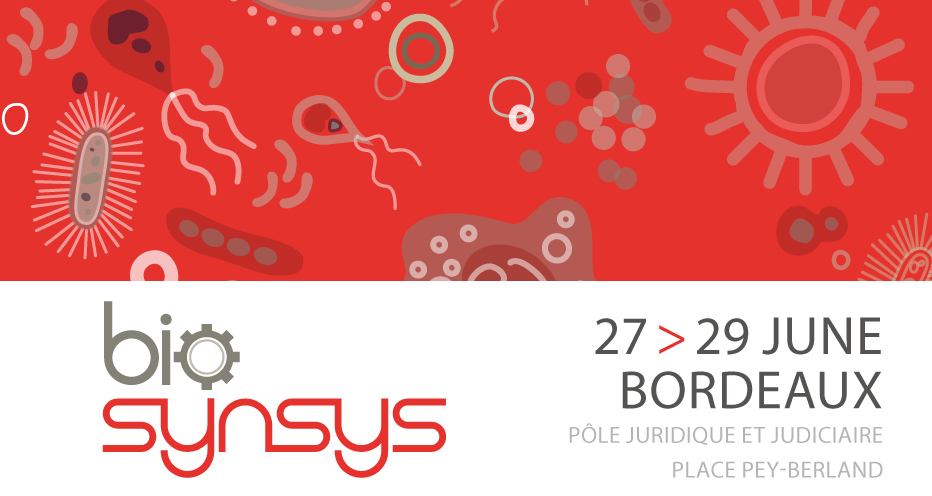Compartimentalization is of importance for our understanding of the emergence of life on earth but also for the development and design of minimal cells and bioreactors. Here, we introduce a model built from saturated long chain fatty acids and guanidium. This system, caracterised by NMR and small angle neutron scattering, can form both membranous vesicles and membrane-free coacervate-like droplets that results from clouding. Droplets can transit toward vesicles by varying the pH (reversible) and upon addition of alkanol (irreversible). We have first shown using organic colored dyes that droplet can sequester solutes depending on their charge and lipophilicity. We also demonstrated (i) that Yellow Fluorescent Protein (YFP) is sequestered specifically within droplets and (ii) that this protein is further recovered within vesicles after transition occurs from droplets. So, these experiments allowed to encapsulate biomolecules from an « open » membrane-free system (droplets), to a « close » membranous system (vesicles). These systems should be of interest in fields of synthetic biology to encapsulate biological material for design of bioreactors, and to build by a bottom-up approach minimal cells.

|
|
|
|
Molecular crowding in fatty acid coacervates allows for encapsulation within vesicles
1 : Biologie du fruit et pathologie
(BFP)
-
Website Université Sciences et Technologies - Bordeaux I, Université Victor Segalen - Bordeaux II, Institut national de la recherche agronomique (INRA) : UMR1332
Centre INRA Bordeaux-Aquitaine 71 avenue Bourlaux BP81 F-33883 Villenave d'Ornon -
France
|
 PDF version
PDF version
